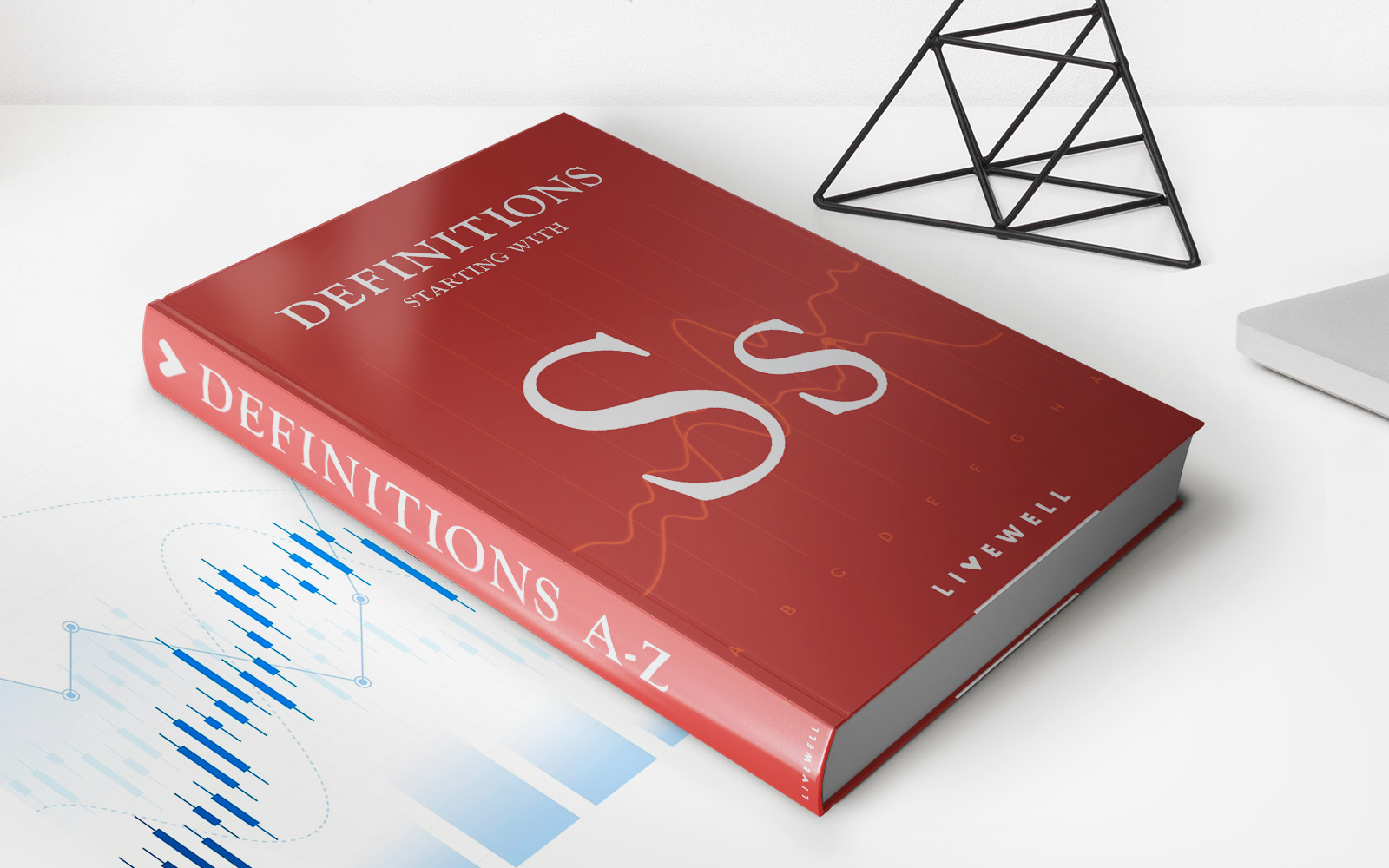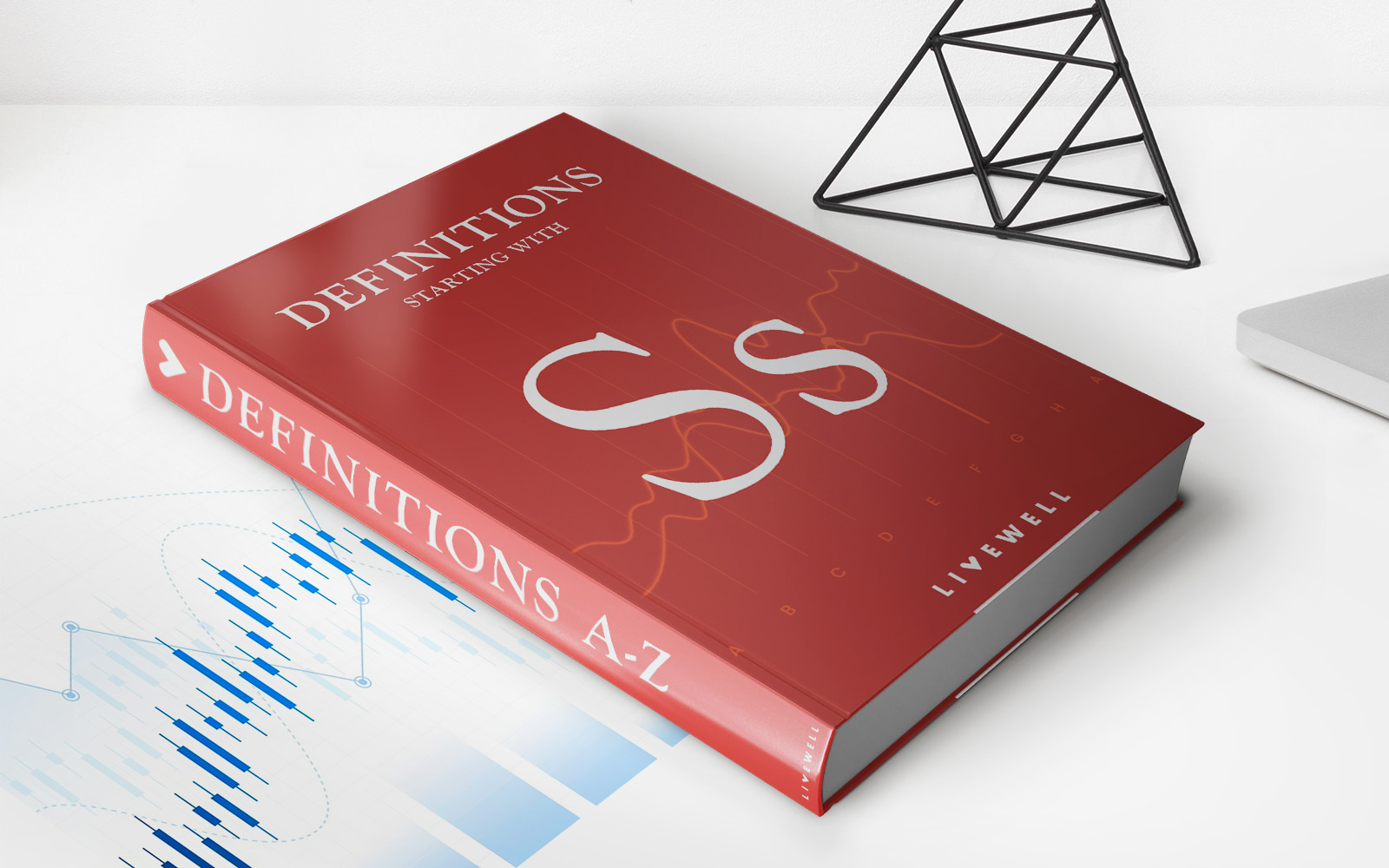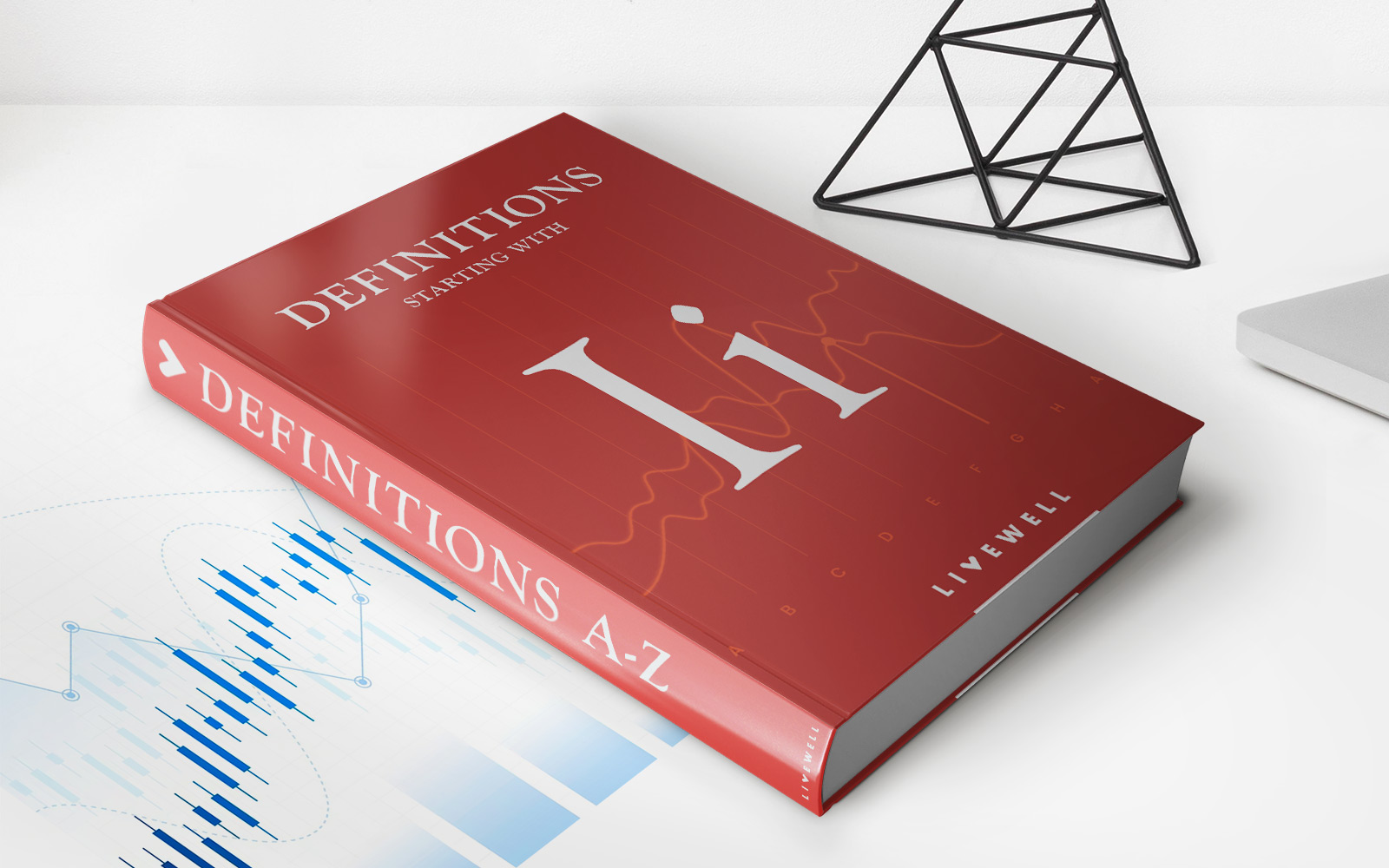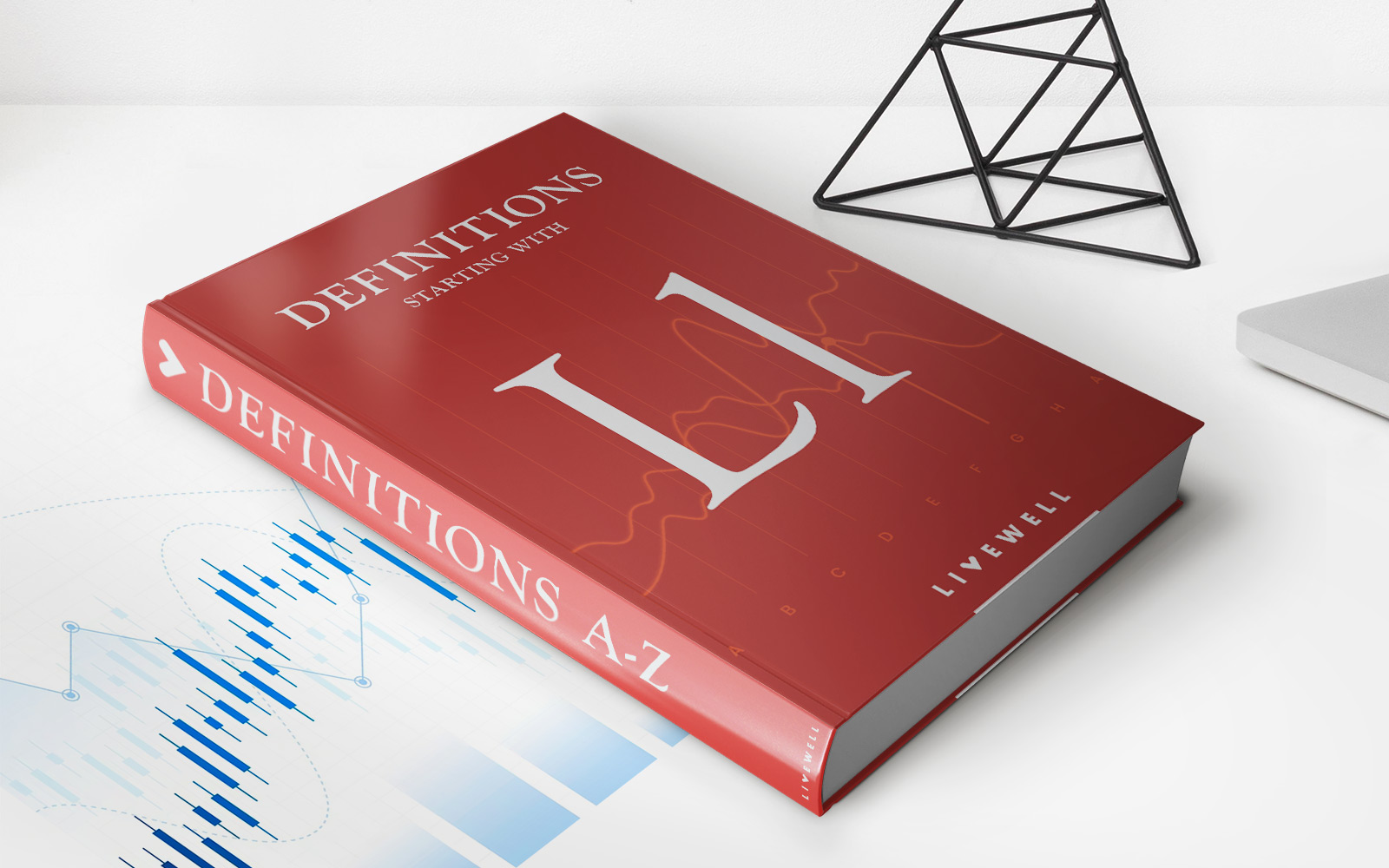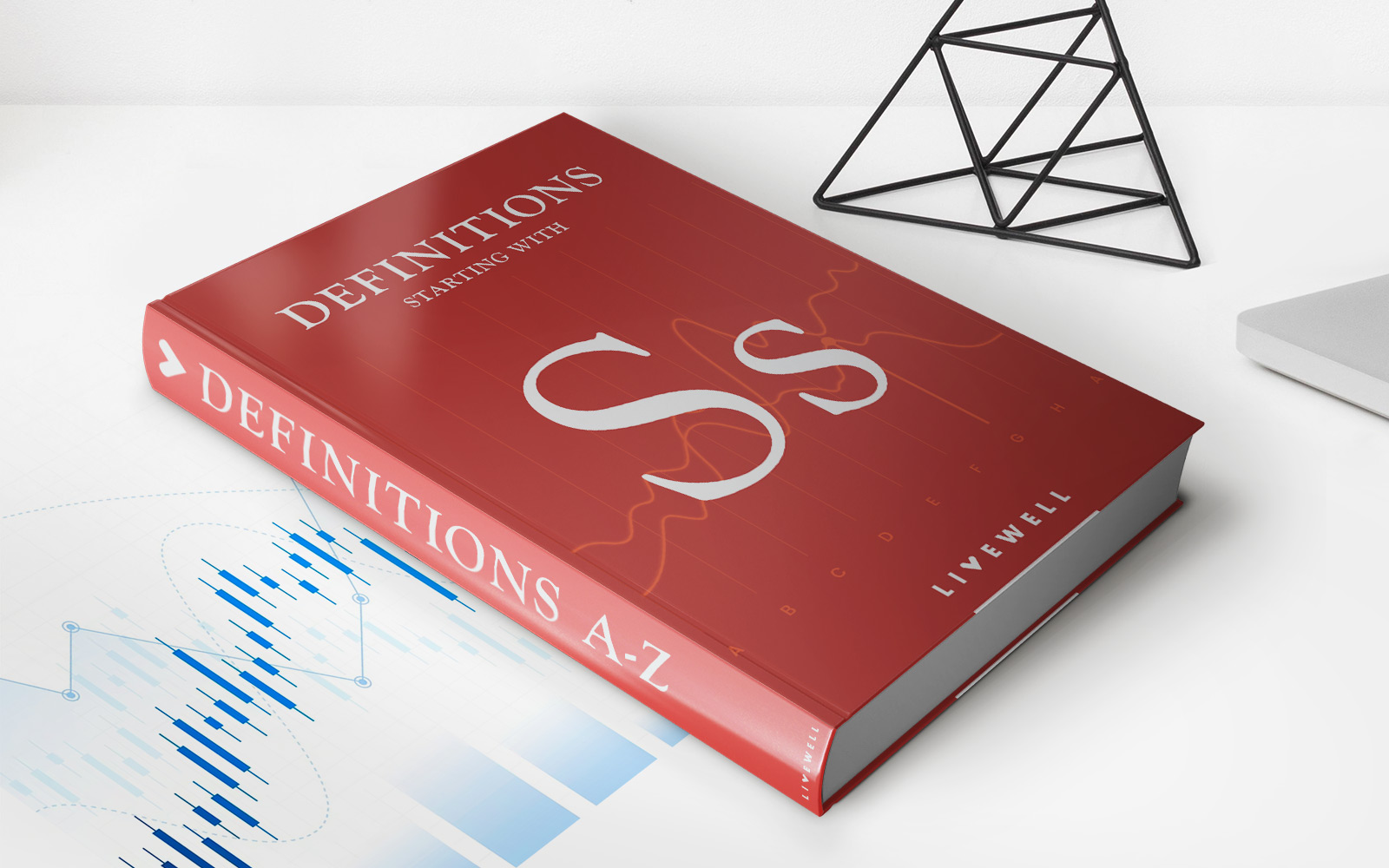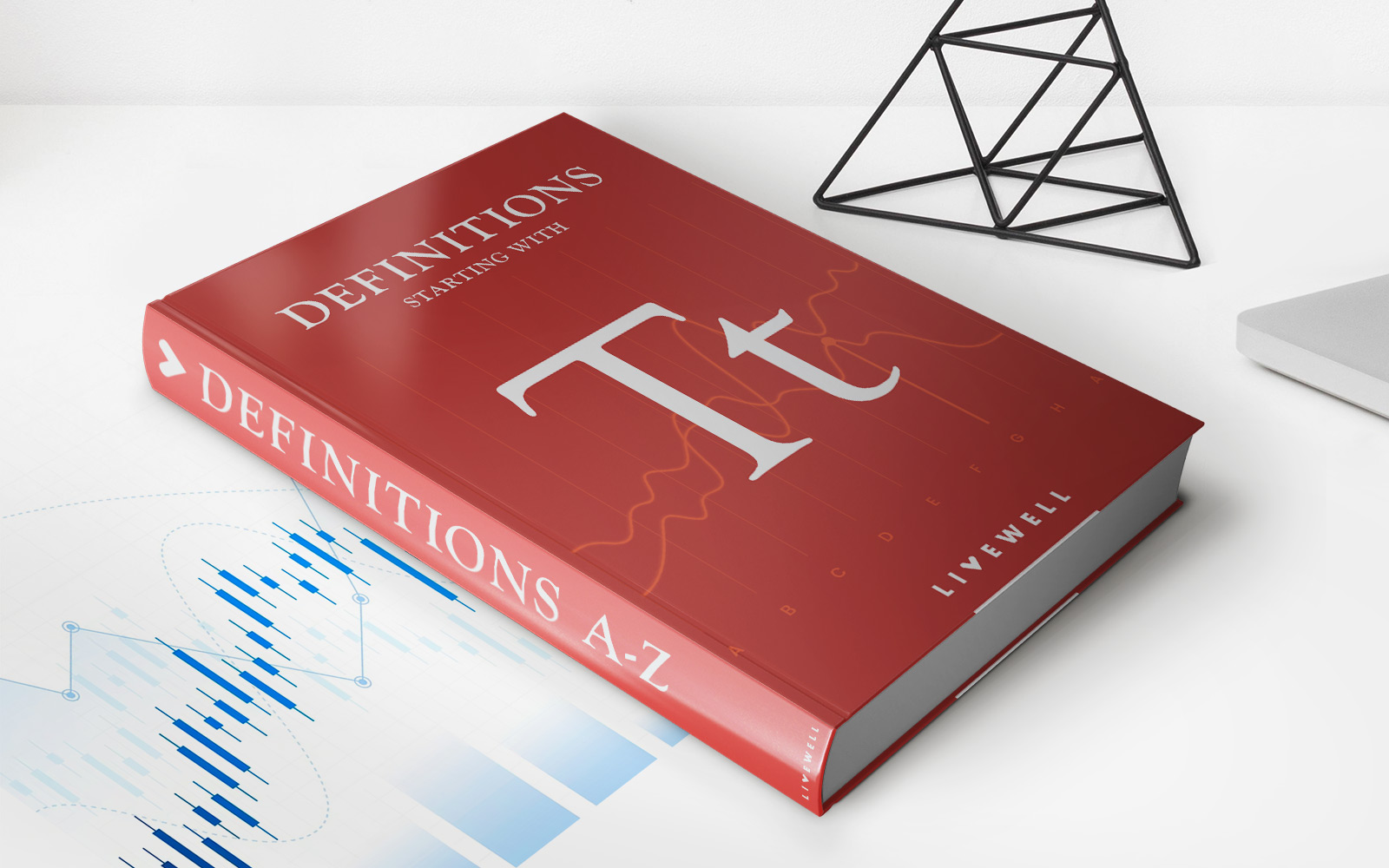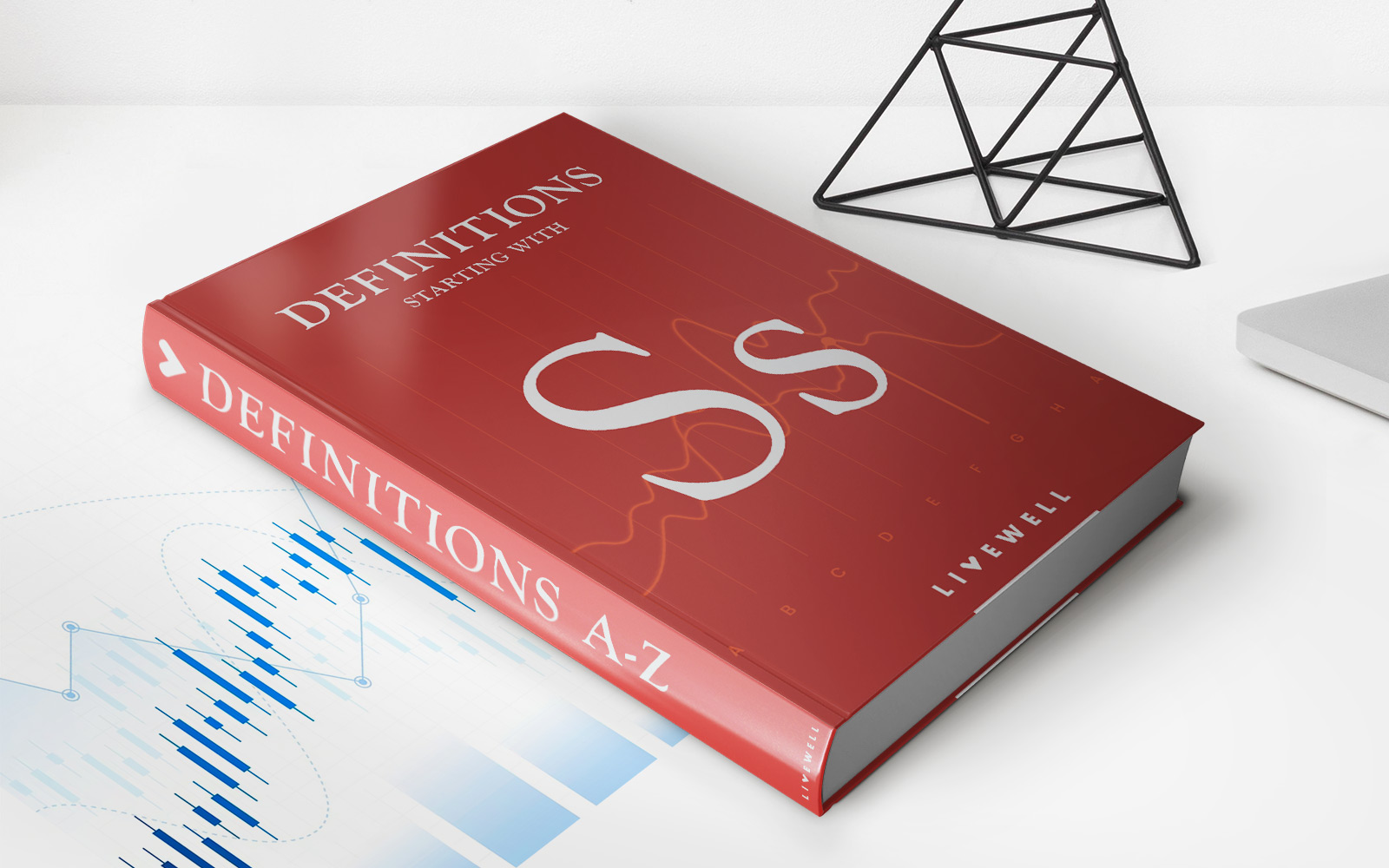Home>Finance>Leaseback (or Sale-Leaseback): Definition, Benefits, And Examples
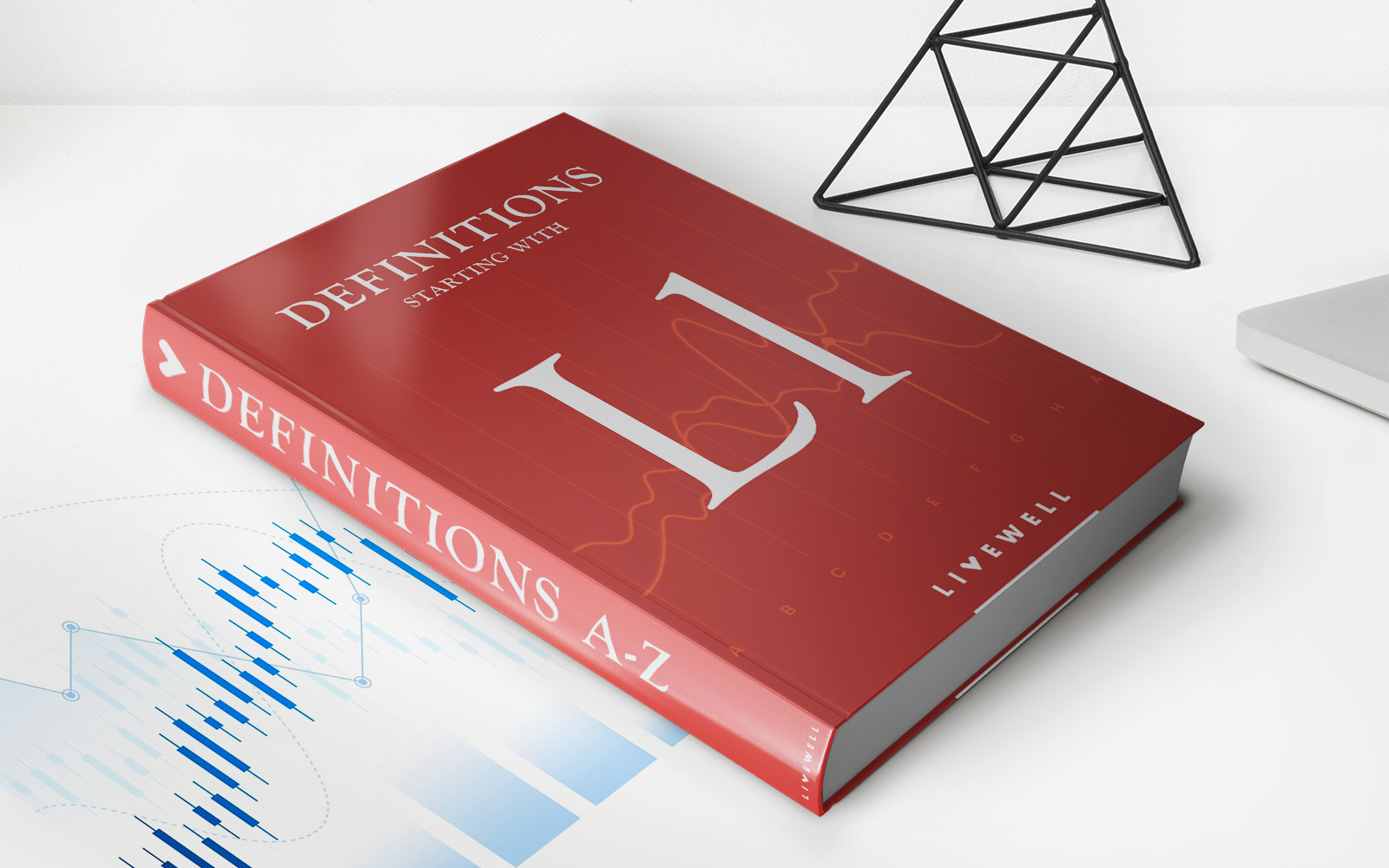

Finance
Leaseback (or Sale-Leaseback): Definition, Benefits, And Examples
Published: December 17, 2023
Discover the definition, benefits, and examples of Leaseback (or Sale-Leaseback) in finance. Learn how this financing option can help businesses unlock capital and enhance cash flow.
(Many of the links in this article redirect to a specific reviewed product. Your purchase of these products through affiliate links helps to generate commission for LiveWell, at no extra cost. Learn more)
Unlocking the Power of Leaseback (or Sale-Leaseback)
Welcome to the world of finance, where strategies like leaseback, or sale-leaseback, have gained popularity among businesses. In this blog post, we’ll dive into the definition of leaseback, explore its benefits, and provide you with real-life examples of how this financial tool can make a significant impact on businesses’ bottom line.
Key Takeaways:
- Leaseback allows businesses to sell an owned property and lease it back from the buyer.
- This financial strategy can provide businesses with immediate cash infusion, tax benefits, and reduced operational costs.
But what exactly is leaseback? It’s a financial transaction where a business entity, often the owner of a property, sells that property and simultaneously leases it back from the buyer. In simple terms, it’s like selling your house and then renting it back from the new owner.
Here are some key benefits of leaseback:
- Immediate Cash Infusion: By selling their property, businesses gain access to a substantial amount of cash that can be reinvested in their core operations. Whether it’s expanding their existing business, investing in new technologies, or paying off debts, leaseback provides a valuable source of liquidity.
- Tax Advantages: In many jurisdictions, leaseback transactions come with tax benefits. By deducting rental payments as business expenses, companies may enjoy reduced tax liability. It’s important to consult with tax professionals to fully understand the specific tax implications of leaseback in your region.
- Reduced Operational Costs: Owning a property entails various costs like maintenance, repairs, and property taxes. By transferring these responsibilities to the buyer, businesses can streamline their operations and focus on their core competencies.
Now that we’ve covered the benefits, let’s take a look at some real-life examples:
Example 1: Company A, a manufacturing firm, owns a large industrial facility. To fund their expansion plans, they decide to enter into a leaseback agreement with an investor. By selling their facility and leasing it back, Company A secures the necessary capital to invest in state-of-the-art machinery, increasing their production capacity and market competitiveness.
Example 2: Retailer B owns several prime location storefronts. Instead of tying up their capital in real estate, they opt for a leaseback strategy. By selling their properties to a real estate investment firm and leasing them back, Retailer B can focus on expanding their product offerings, optimizing their supply chain, and improving customer experience.
Leaseback is a versatile financial tool that offers businesses numerous advantages, from providing immediate liquidity to optimizing operations. It’s essential for businesses to carefully consider their specific circumstances and consult with financial and legal experts before proceeding with a leaseback transaction.
Are you a business owner looking to unlock the potential of leaseback? Reach out to financial advisors and explore how this strategy can benefit your company’s growth and profitability.
